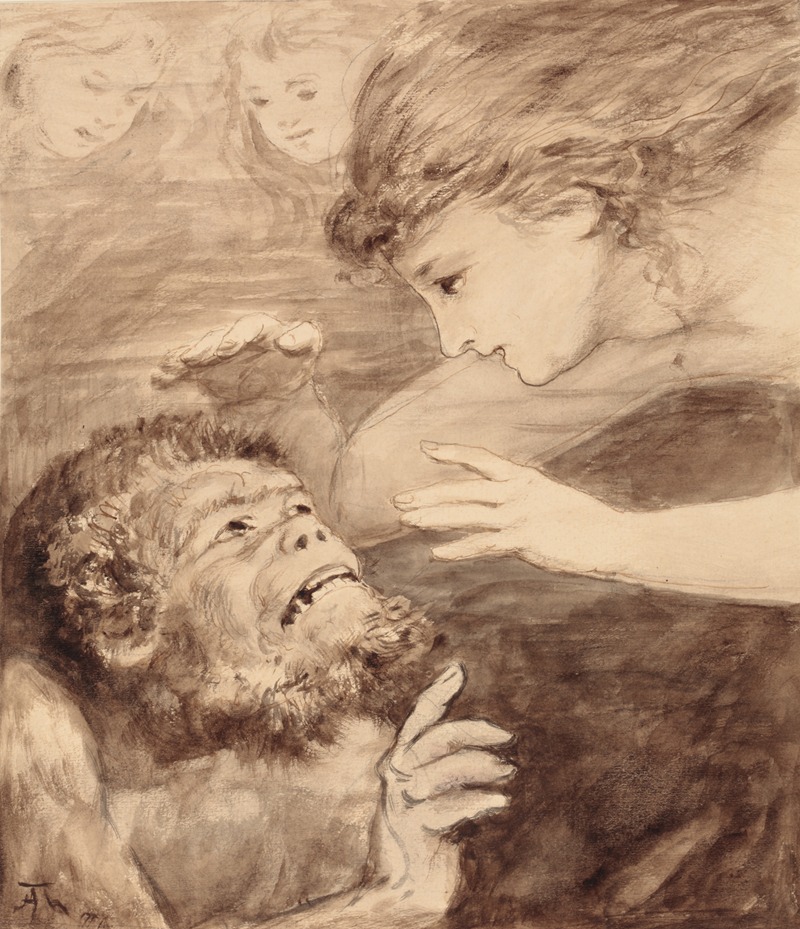
The Rhinemaidens and Alberich
A hand-painted replica of Hans Thoma’s masterpiece The Rhinemaidens and Alberich, meticulously crafted by professional artists to capture the true essence of the original. Each piece is created with museum-quality canvas and rare mineral pigments, carefully painted by experienced artists with delicate brushstrokes and rich, layered colors to perfectly recreate the texture of the original artwork. Unlike machine-printed reproductions, this hand-painted version brings the painting to life, infused with the artist’s emotions and skill in every stroke. Whether for personal collection or home decoration, it instantly elevates the artistic atmosphere of any space.
Hans Thoma was a German painter born on October 2, 1839, in Bernau in the Black Forest, and he became one of the prominent figures in the German art scene during the late 19th and early 20th centuries. Thoma's work is often associated with the Symbolist movement, and he is known for his detailed and imaginative paintings that frequently draw on themes from mythology and folklore.
One of Thoma's notable works is "The Rhinemaidens and Alberich," which is inspired by Richard Wagner's famous opera cycle, "Der Ring des Nibelungen" (The Ring of the Nibelung). The painting depicts a scene from the first opera of the cycle, "Das Rheingold," where the Rhinemaidens, water-nymphs who guard the Rhine gold, are approached by Alberich, a dwarf from the race of Nibelungs.
In Wagner's opera, the Rhinemaidens are named Woglinde, Wellgunde, and Flosshilde. They are tasked with protecting the Rhine gold, a treasure that grants its possessor the power to rule the world, provided they renounce love. Alberich, captivated by the gold and the Rhinemaidens' beauty, attempts to woo them, but they mock and reject him. In a fit of rage and ambition, Alberich renounces love and steals the gold, setting off the chain of events that drive the narrative of the entire Ring cycle.
Thoma's painting captures this pivotal moment with a keen attention to detail and a vivid portrayal of the characters. The Rhinemaidens are often depicted as ethereal and graceful, embodying the allure and mystique of the mythical beings they represent. Alberich, in contrast, is shown as a more grounded and earthly figure, emphasizing the tension between the natural world and the supernatural elements of the story.
Hans Thoma's interpretation of this scene reflects his broader interest in mythological and fantastical subjects, which was a common theme among Symbolist artists. His work often explores the intersection of reality and fantasy, using mythological narratives to delve into deeper philosophical and existential questions.
"The Rhinemaidens and Alberich" is a testament to Thoma's skill in blending narrative and visual art, creating a piece that not only illustrates a moment from Wagner's opera but also invites viewers to engage with the underlying themes of power, desire, and the consequences of ambition. Thoma's ability to convey complex emotions and narratives through his art has earned him a lasting place in the history of German painting.
While specific details about the creation and exhibition history of "The Rhinemaidens and Alberich" may not be extensively documented, the painting remains an important part of Thoma's oeuvre and continues to be appreciated for its artistic and thematic contributions to the Symbolist movement.





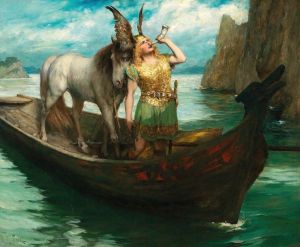
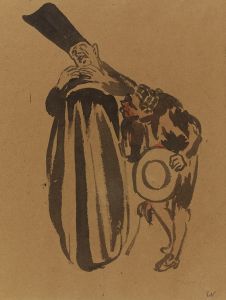
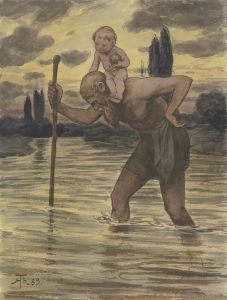
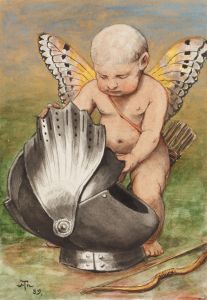
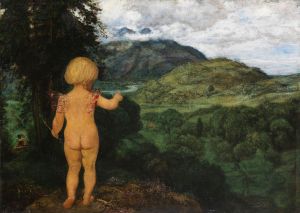


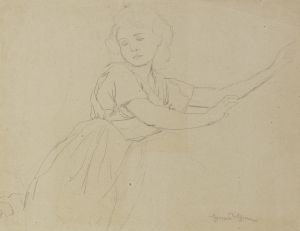
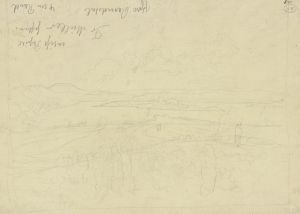

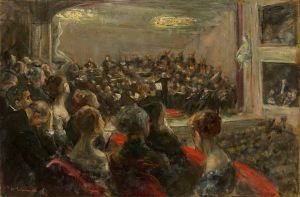
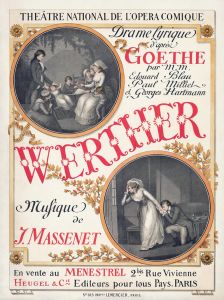
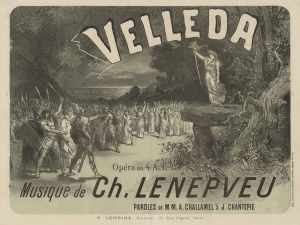
![Designs for promotional material for opera singer Emanuel List.] [Drawing for brochure page](/imgs/249246/s/winold-reiss-designs-for-promotional-material-for-opera-singer-emanuel-list-drawing-for-brochure-page-130d6349.jpg)